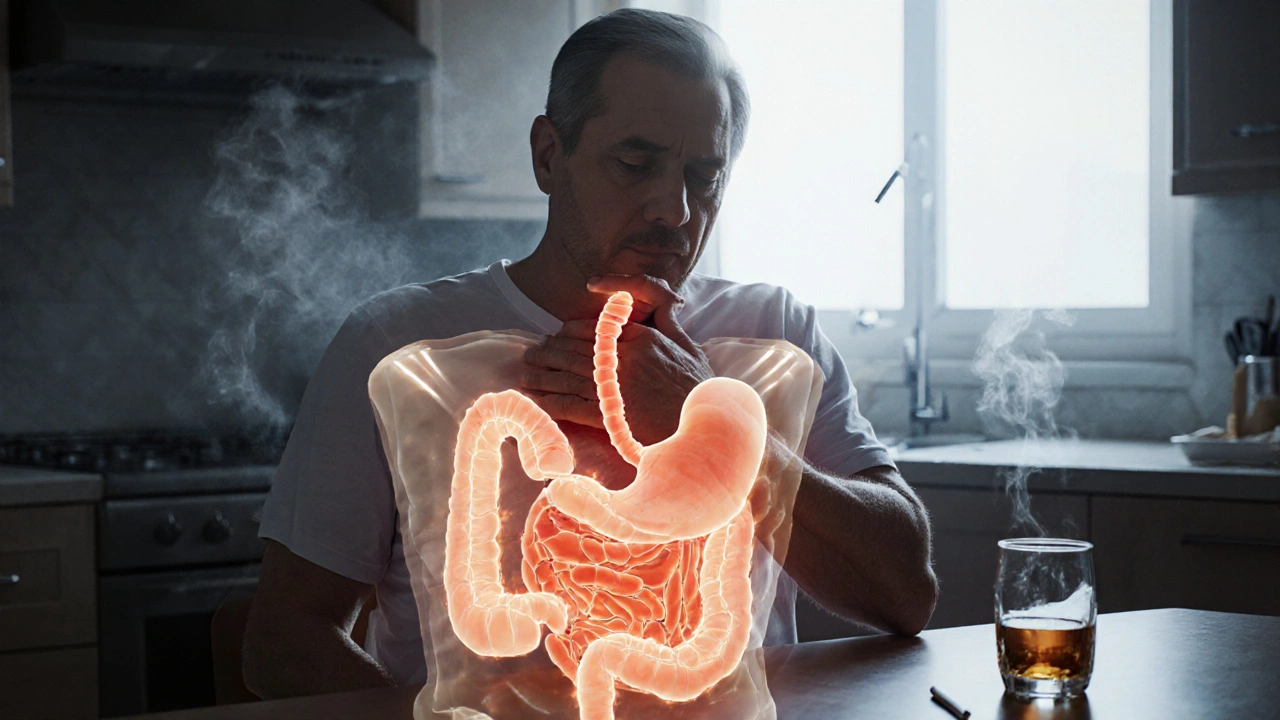Heartburn: Causes, Relief, and Treatment Options
When dealing with heartburn, a burning feeling behind the breastbone caused by stomach acid splashing up into the esophagus. Also known as acid reflux, it often signals a deeper issue called GERD, the chronic form of reflux, and can be soothed in minutes with an antacid. The basic chain looks like this: stomach acid rises → esophageal lining irritates → you feel the burn. That simple sequence is why lifestyle tweaks, like avoiding big meals before bedtime, often cut the problem in half. If you’ve ever wondered why a glass of water seems to help, it’s because the liquid dilutes the acid and washes it down, giving the esophagus a brief break. Understanding the cause‑effect loop is the first step to stopping the cycle before it starts.
Common Triggers, Quick Fixes, and Long‑Term Care
Every person’s trigger list is a little different, but a handful of culprits show up again and again: spicy foods, caffeine, chocolate, fatty meals, and alcohol. These items relax the lower esophageal sphincter, the muscular valve that normally keeps acid where it belongs. When the valve loosens, acid leaks up, and you get that dreaded sting. A quick fix is reaching for an over‑the‑counter antacid, which neutralizes the acid already in the esophagus. For recurring episodes, doctors often recommend a proton pump inhibitor (PPI). PPIs reduce the amount of acid your stomach produces, tackling the problem at its source rather than just masking the symptom. Think of antacids as a fire extinguisher for a small flare‑up, while PPIs act like a sprinkler system that prevents the fire from spreading.
Beyond meds, simple habits can make a huge difference. Eating smaller portions, staying upright for a couple of hours after meals, and losing excess weight all reduce pressure on the stomach, helping the sphincter stay closed. Some people swear by herbal teas like chamomile or ginger, which calm the digestive tract without adding acidity. If you’re unsure which approach fits your lifestyle, start with a low‑dose antacid after a trigger meal, track how often you need it, and then discuss a PPI plan with your pharmacist or doctor. Below you’ll find a curated set of articles that break down each of these topics in detail, from spotting hidden triggers to choosing the right medication, so you can build a personalized plan that keeps the burn at bay.
